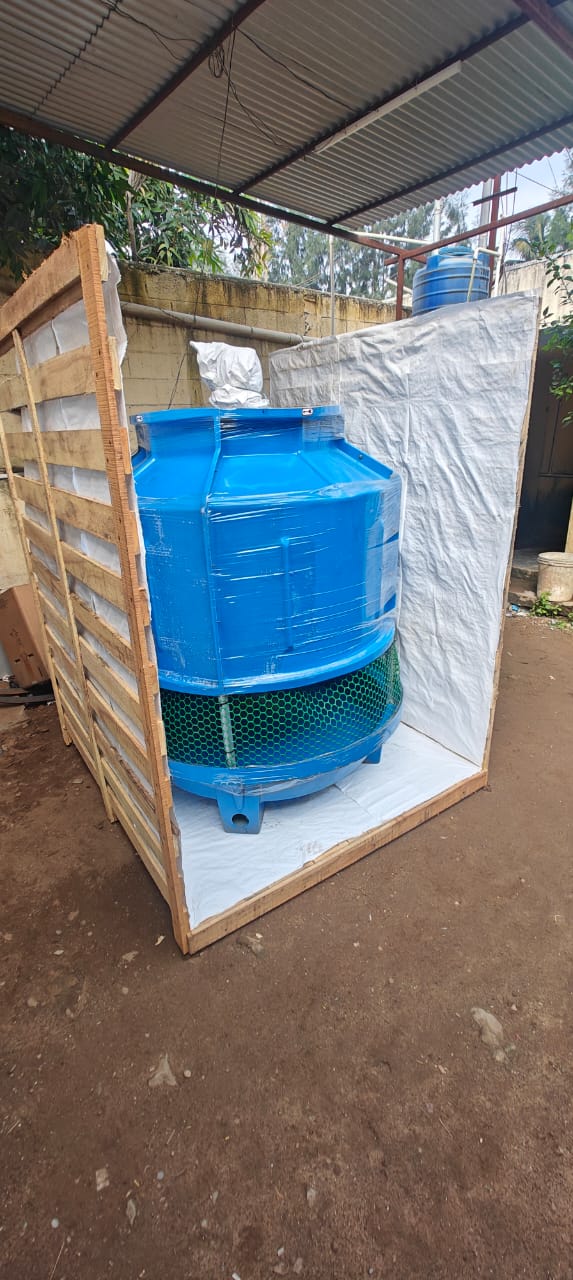Impact of Climate on Round Cooling Tower Performance
The performance of round cooling towers can be essentially impacted by different climatic variables, which impact their capacity to dissipate heat effectively and maintain optimal working conditions. Let’s investigate the key impacts of climate on round cooling tower performance:
Temperature:
- Encompassing air temperature specifically influences the cooling capacity of round cooling towers. Higher surrounding temperatures reduce the temperature differential between the warm water entering the tower and the cooler air, coming about in decreased heat transfer effectiveness. Then again, lower encompassing temperatures improve cooling tower execution by maximizing the temperature gradient.
Humidity:
- Humidity levels within the encompassing air impact the evaporation rate and water misfortune in cooling towers. In humid climates, where the air as of now contains significant dampness, the dissipation rate may be lower, diminishing the cooling effect. Dry climates, on the other hand, advance higher dissipation rates, driving to more effective heat dissemination.
Wind Speed and Direction:
- Wind can affect the airflow designs around the cooling tower, influencing heat exchange proficiency. Higher wind speeds enhance convective heat transfer by expanding air circulation and reducing the boundary layer around the tower. However, excessive wind can too cause wind current disruptions and decrease cooling tower execution.
Precipitation:
- Rainfall and other shapes of precipitation can influence cooling tower operations by changing water cosmetics rates and diluting the circulating water chemistry. Heavy precipitation may lead to water overflow or flooding around the tower base, affecting its steadiness and efficiency.
Solar Radiation:
- Solar radiation contributes to the heating of cooling tower components, counting the shell and fill media, expanding the overall heat load. Over the top solar radiation can elevate the water temperature and decrease the temperature differential, constraining the cooling capacity of the tower.
Seasonal Variations:
- Seasonal changes in climate, such as temperature changes between summer and winter, can have a significant affect on cooling tower execution. Round cooling towers may involvement decreased productivity during hot summer months and expanded efficiency during cooler periods.
Altitude:
- The altitude of the establishment location affects the density and pressure of the encompassing air, which in turn influences cooling tower execution. At higher heights, where air density is lower, the cooling tower may encounter decreased wind current and heat transfer rates.
Environmental Conditions:
- Other environmental factors, such as air pollution, tidy, and airborne contaminants, can influence cooling tower execution by fouling heat exchange surfaces, reducing airflow, and affecting water quality.
In outline, the execution of round cooling towers is unpredictably connected to the prevailing climatic conditions at the establishment location. Understanding the affect of temperature, humidity, wind, precipitation, solar radiation, regular varieties, altitude, and natural components is basic for optimizing cooling tower operations and guaranteeing productive heat dissipation in different climates.


